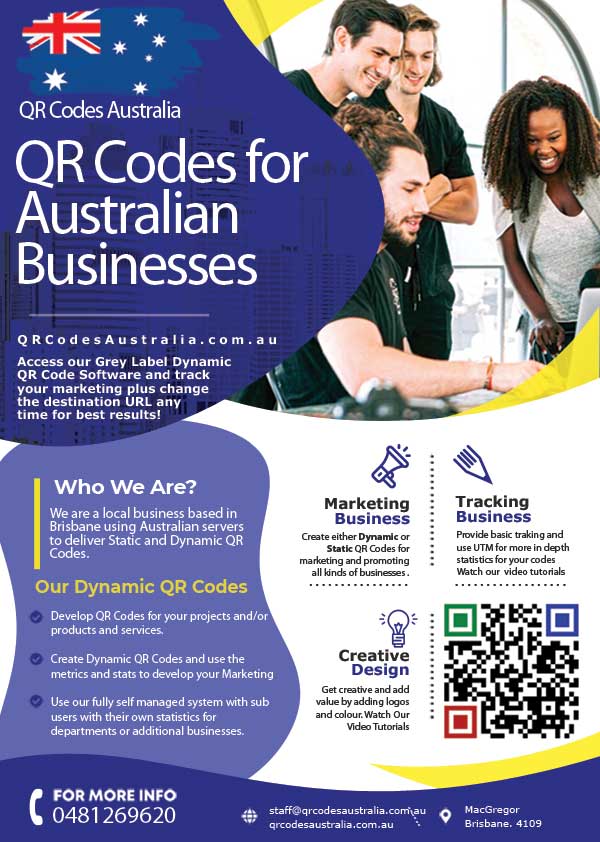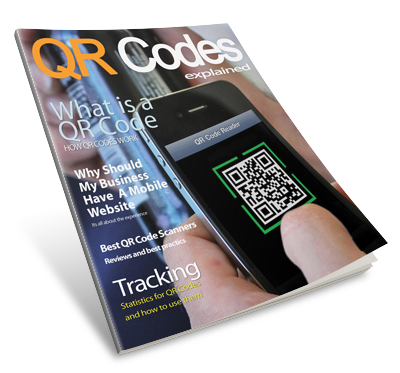The Ultimate Guide to Digital Product Creation for Your Business
In our tech-savvy era, the journey of bringing a digital product to life is an exhilarating adventure that can serve either business objectives or personal enjoyment.
Whether you’re aiming to revolutionize an industry or simply create something enjoyable for others, the principles of success remain remarkably similar. In this guide, we will explore the key steps to ensure your digital creation becomes a triumph, whether it’s for business or pleasure.
I also have a program that I seel with a free section at https://productcreation.com.au/ and if you like the introduction get back to me to discuss a deal.
Understanding Digital Product Creation
When it comes to digital product creation, the opportunities are diverse and lucrative. For example, podcasts have become an immensely popular digital product. Businesses and Indirviduals can create and distribute podcasts to share industry insights, conduct interviews, or provide valuable content related to their niche. This not only helps in building a loyal audience but also serves as an effective marketing tool for the business.
Moreover, online courses are another example of profitable digital products. Businesses can create comprehensive courses on various subjects or skills, offering them to their target audience for a fee. These courses not only generate revenue but also position the business as an authority in its field. The investment in creating the course can lead to passive income as the course becomes a long-term asset for the business.
These courses can also be an aid to educate customers and introduce them to features of the products not easily found. Many of the businesses online are starting to add training and education assets to supplement their products and services.
Additionally, newsletters, catalogues and ebooks are a simple yet effective digital product that businesses can create. By curating valuable content, industry updates, and exclusive offers, companies can build a subscriber base and engage with their audience regularly.
This not only fosters brand loyalty but also provides a platform for promoting other digital products or services.
I have done this with my products and have catalogues for products, ebooks for information re products and follow up email system to convert prospects into customers. Here is one I made for my QR Codes.
A PDF Document Answering many of the QR Code questions suitable for tablets and Computers. Can read on phone and tablet. Download 1.9 MB
Key Steps in Building a Successful Digital Product
Building a successful digital product involves a series of key steps that encompass planning, development, testing, and launch. Here are essential steps to guide you through the process in very simple terms. If you want to get more detailed then do a search however I like to keep it as simple as I can.
Let’s break it down in simpler terms:
- Figure Out What You Want:
- Understand why you’re making your digital product and who it’s for. What problem does it solve?
- Look Around:
- Check out what others are doing in the same space. See what works and what doesn’t.
- Set Clear Goals:
- Make simple and clear goals for your project. What do you want to achieve?
- Draw a Picture:
- Sketch out how your digital product will look and work. It doesn’t have to be perfect; it’s like a rough draft.
- Start Small:
- Build the simplest version of your idea. Don’t try to do everything at once.
- Work in Bits:
- Break your work into smaller tasks. It’s easier to handle and makes you feel accomplished.
- Make it Easy to Use:
- Think about the person using your digital product. Make it easy and fun for them.
- Check for Mistakes:
- Before you show it to everyone, make sure it works right. Look for any problems and fix them.
- Think Big (but Prepare):
- Imagine lots of people using your digital product. Make sure your digital digital product can handle lots of people.
- Lock it Up (Like a Safe):
- Keep it safe from bad people. Make sure only the right people can use it.
- Make it Fast and Smooth:
- Nobody likes waiting. Make your digital product quick and smooth to use.
- Tell Everyone:
- Shout about your digital digital product! Use social media, blogs, whatever you can to let people know it exists.
- Ask for Thoughts:
- After people use your digital product, ask them what they think. Use their ideas to make it better.
- Show Off:
- Launch your digital product! Tell everyone it’s ready to use.
- Keep an Eye on Things:
- Even after you launch, pay attention. If something’s not right, fix it. Keep making it better.
- Help Others:
- If people have questions or problems, help them out. Happy users mean a successful digital digital product.
Remember, it’s okay if things aren’t perfect at the beginning. Learn from mistakes, improve, and keep going!
How To Pick Your Digital Product
This is the system I have used for years and very rarely fails.
Brainstorm Your Ideas – A simple formula to get the best niche!
This is best done with a few people to get a wider range of possible ideas. Friends, family or business associates make a good group or do it online with some internet friends.
You can use this technique for developing products, websites, blogs or any project you are going to be doing. In the end the best way to start developing products is to document things you do every day as most of us are like the rest of us.
Write it down – (Very Important) try and write down 5 to 20 ideas but don’t limit yourself if you get more, but no less than 5. Remember in brainstorming there are no bad ideas. It will be hard to start with but the ideas will come. Here is a sample of mine where I wrote down the idea then rated them to get the total. You will do the same. I did this back in 2007 whilke training young people in Thailand. We were doing a lot of video and it was very hot under the lights so looked for an alternative.
Rating Difficulty
In the difficulty column give it a ranking plus a numerical value. Use the same for each idea. This ranking will be dependent on your experience and skills to turn this idea into a product.
Don’t ask others to answer these questions as only you know what are your strengths and weaknesses. Don’t think to much just let this whole process do the work for you.
- H = Hard = 1pts
- M = Medium = 2 Pts
- E = Easy = 3pts
Developing your idea.
In the develop column place an “M” = 2pts for Me and “O” = 1pts for Outsource. This is who will be responsible for actually doing the work for this idea. If you are skilled and want to do it then place an “M” next to the idea. If you would like to outsource the idea then put an “O”.
How Much Knowledge Do You Have?
- E = Expert = 3pt
- L = Limited = 2pt
- N = No personal Knowledge = 1pt
Now go through your list and add one of these letters and numbers next to each product. This rating is based on your own personal knowledge of each idea.
Gather the Statistical Information
Many people fail at this point because they choose products on an emotional level. Essentially they choose products they want to create. Don’t get fooled by this! Try and stay detached at this stage. I know its hard but once you have released a few successful products you can afford to be a bit more risky about your projects.
What you should be looking for is the top category – Easy/Me/Expert
The last priority would be Hard/Other/None.
Keep away from this as it will suck up your time and money.
This one would surely take a lot of money time and effort. We all have limited resources and this group would certainly use them all up. All the rest will fall somewhere in between.
Now take the top five ideas and move onto the next section. If you have too many over 6 you may want to do the brainstorming again.
Evaluating your top product ideas.
This is the essential part of the evaluation process that gets overlooked.
How we rate the idea is by doing research and evaluating the potential audience. We can get these scores from doing research. Passionate might be based on forums on the topic. Money could be based on number of products on Amazon or clickbank and so on.
So we compare the top few with our previous results.
Video Lights – 10 – E/M/E – 8 Total 18
How to blog – 5 – M/O/L/ – 6 Total 11
It has become fairly obvious that Video Lighting would be a good product to progress with and I did and I ended up selling it to another person and noticed it has now disappeared. So it was an in, make the money, sell it.
Conducting thorough customer research is another essential practice, as it helps in understanding the pain points and preferences of the audience, allowing for the creation of digital products that truly resonate with them.
Furthermore, determining the pricing strategy is a critical aspect that influences the perceived value of the digital product and its market competitiveness. Validating the product idea through methods such as surveys, focus groups, or prototypes is also crucial to ensure that the digital product addresses a genuine need in the market and resonates with the intended audience.
How did we find this information?
The key to any product is in the research. Here are some tips you can use to evaluate your product.
1. Passionate – if people are passionate about a product or service you will find they will want to talk about it. For example you will find hundreds of sites, books, forums etc on Internet Marketing so it’s safe to say they are passionate. But just don’t restrict this to online. Have a look in libraries, bookshops, TV, Seminars etc.
2. Have Money and Spend Money – Now this seems pretty obvious however I know many people who developed products for niches that just didn’t have any disposable income to spend on their product or just went for the wrong demographics. For example don’t sell baby apparel to children. Sell it to parents or even better grandparents.
3. Repeat Buyers – If you can develop products that people will continue to come back and buy, it will make your business grow a lot faster. You might create a series or membership sites where people pay a monthly fee or get delivered a product each month.
Hmmm isn’t that what your in now
4. Insatiable and Addicts – Definition impossible to satisfy; “an insatiable appetite”; “an insatiable hunger for knowledge”
Baby boomers are quite often the target here as they have all the top three attributes and there are just so many of them. That’s why today investment, medical and technology are the top performers in the marketplace.
5. Reachable – These days most people are reachable through the Internet or different media formats. Some products that may find people not so reachable maybe specific groups in certain countries or demographics.
6. Already Interested and Motivated – Again this is fairly self evident, however we are looking for people who are actively looking for what we have to offer. Some people maybe interested in using an RSS script however we may need to motivate them by showing the numerous different ways it can be used.
7. Possible Back End – Very few people become millionaires by selling a 10 or 20 dollar product. A good friend of mine, Mike Filsaime, sold a script for $997 and used a long pre launch process to really build up the interest with interviews, testimonials, free reports, prizes and gifts and joint ventures. He sold a thousand when it was finally released within the first 24 hours. That’s $997,000.00 for one product in 24 hours. He gave away a lot of things first to sell his backend product that made him all the money.
8. Already Predisposed to buy – Sometimes you have to create the predisposition to buy like Mike did however there are huge groups out there that are already motivated. This is why we say solve a problem or help people to make money. Hobbyists, sports etc are all people ready to buy if you make the right product.
At the Core of Each Product/Niche is Content.
Whether it will be text, graphics or media or a combination of all three you now need to develop an outline. Below was my outline for the eBook on video Lighting. Just remember if it is an audio, video or eBook, blog or website; at the core of each product is content.
Project Outline
Organizing Your Creation Process
The last part of your project is to gather all the elements. I actually add this to an excel spread sheet with the above Project Outline.
Obviously if it is an information blog you will attack it a little differently.
I followed exactly the same procedure but instead of project outline it was blog outline. I still needed graphics, content etc but I could do a lot of it on the fly.
Science of Persuation
Ok enough from me here is a video that also helped me a lot and an audio also.
Digital Brochures
We have produced an digital A4 brochure you can download and print for meeting etc.
The A4 Brochure can be downloaded PDF here and is only 700KB
This is a great resource for showing your clients what is happening and also for them to keep in their filing system for later reference.
This new way of providing a brochure of our business should help in your decision making and also allows you to research our product with no obligation. You can then go through our site to get more detailed information or give us a call.

Conclusion
In conclusion, the path to building a successful digital product, whether for business or pleasure, is a dynamic and iterative process.
It requires a blend of strategic planning, user empathy, and adaptability. Whether you find joy in the success of your product or the pleasure it brings to others, the journey itself is a rewarding adventure. So, set sail, embrace challenges, and watch your digital creation flourish.






